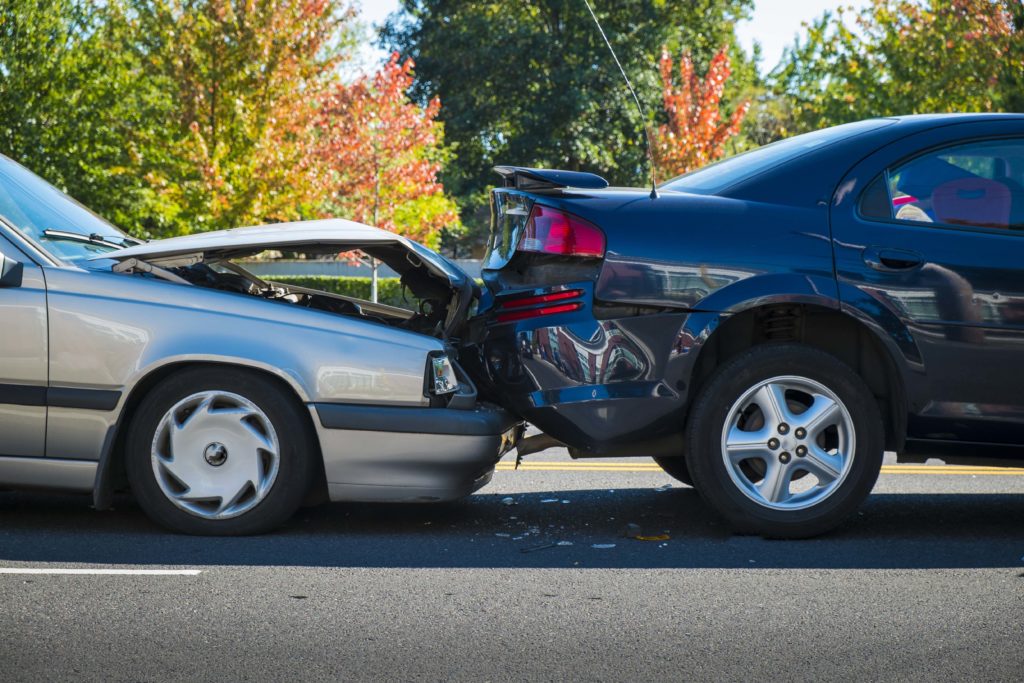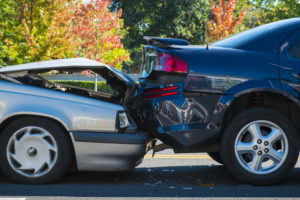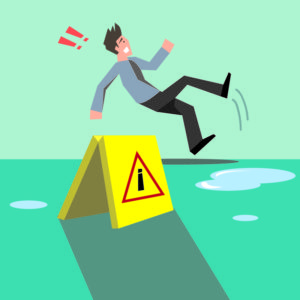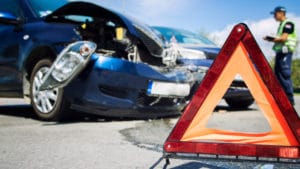
Car accidents happen every day, and the list of things that can cause an accident is long. Just as there are a variety of contributing factors to car accidents, vehicles can crash in a variety of ways. Perhaps one of the most common types of car accidents is the rear-end collision. Common knowledge holds that the law will always see the driver in back as the person at fault. However, this isn’t always the case.
Car Accidents and Negligence
The law defines negligence as conduct that fails to meet a standard of reasonable care. A person can be deemed negligent if they do something the reasonable person would not do, or if they fail to do something the reasonable person would do. In both of these cases, a person can be found negligent if the unreasonable behavior led directly to the injury or damage of other people or property.
Drivers all have a duty, as defined by the law, to drive safely and keep other drivers and pedestrians in mind as they drive. This duty can be breached in a number of ways that the law would almost always deem negligent. Some of these ways include failing to pay attention to road hazards, not stopping in a reasonable amount of time, speeding or going too slow, not yielding the right of way, not using turn signals, not following at a safe distance, and so on.
Most of the time in a rear end collision, it’s assumed that the driver in back was not following at a safe distance, so that driver is almost always found at fault. However, if the driver in front acts negligently, this rule is not as concrete.
How Fault is Established in Rear-End Accidents
Typically, the person driving the vehicle in back will always be seen as partially negligent, no matter what the surrounding circumstances are. However, it’s possible for the blame to be shared.
For instance, if the leading car suddenly reverses without warning, stops suddenly for a turn but doesn’t turn, gets a flat tire but doesn’t pull over, doesn’t have working brake lights, or otherwise acts negligently, the leading car can also be seen as liable for some of the damages.
The driver in back will almost always be blamed with some form of negligence. However, the extent of the impact that has legally and financially on the rear driver will depend on how his or her negligence affected the accident. If most of the contributing factors to the accident were caused by negligence on the part of the lead driver, the driver in back may not be held accountable for much of the damage. However, if the positions are found to be reversed, the driver in back will still be left with most of the liability.
Types of Negligence
As complicated as the legal system must seem, it’s not over yet. Once it’s found that more than one driver is to blame, the issues of contributory and comparative negligence have to be considered. Some select states have clung to the rather strict “contributory negligence” system, but by and large most states operate under the “comparative negligence” philosophy. Here’s a quick overview of the two types of negligence.
Contributory Negligence
Contributory negligence is a strict system that basically states if Joe and Sam get into a car accident, and Joe can prove that Sam’s negligence contributed in any way, shape, or form to the accident, Sam can’t recover any damages at all from the lawsuit.
Comparative Negligence
Under the laws of comparative negligence, Sam gets a little bit of a break. There are two kinds of comparative negligence. One is pure comparative negligence, and the other is modified comparative negligence.
Pure comparative negligence will split the liability by percentage according to how negligent each driver is. So, if Joe and Sam’s damages equal $10,000, and Joe’s negligence contributed 40% to the accident, Joe will have to pay $4,000 and Sam will pay $6,000.
Modified comparative negligence splits the damages according to percentage of fault, as well, but only to a certain level. Once someone meets or exceeds that level, they can’t recover anything from the lawsuit. Usually, that level is 50% fault. In this case, Sam is still going to have a rough day because, using the example above, he is 60% negligent. Because he caused the majority of the damage, he can’t recover anything from the lawsuit.
Consulting an Attorney
As you can see, the legal system is complicated and intricate. Only a legal professional can help you accurately navigate the waters of personal injury law and ensure you receive the defense or compensation you deserve. Whether you’ve been injured in an accident and are trying to prove fault, or you’ve been accused of being negligent and causing an accident, be sure to consult with a personal injury attorney today to make sure you’re getting all the assistance you’re entitled to.





























